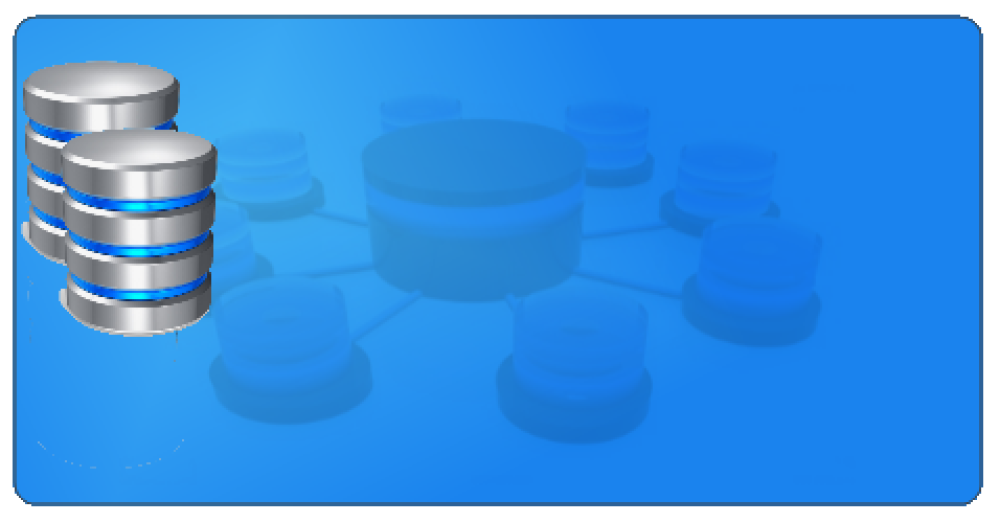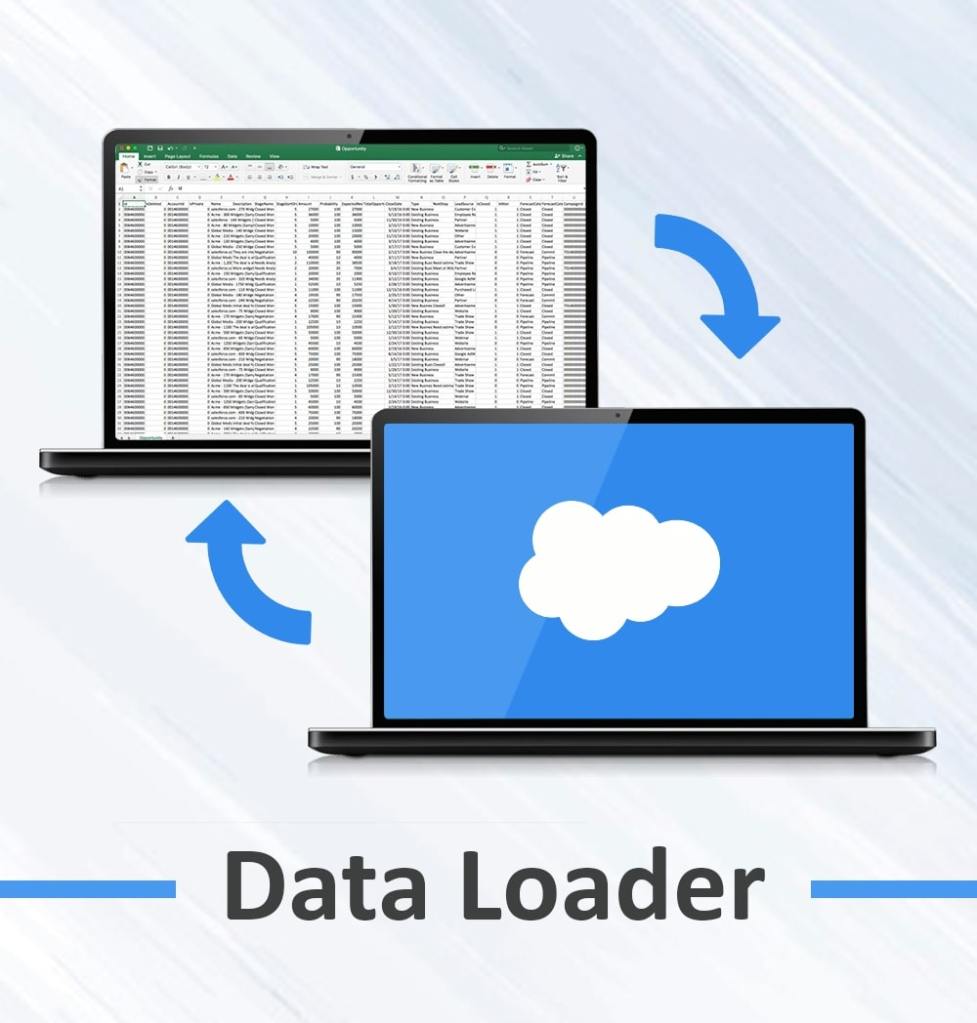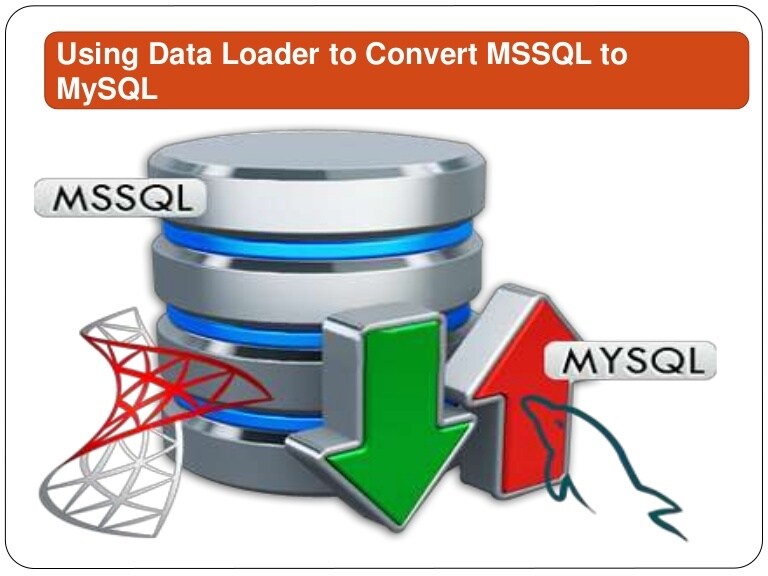Data Loader is a software tool used in the realm of data management, particularly in the context of data integration processes. It facilitates the movement of data between different databases, applications or systems. Oracle and MySQL are popular relational database management systems (RDBMS) widely used in the industry. Oracle, developed by Oracle Corporation, is known for its scalability, robustness and comprehensive feature set, making it suitable for large enterprises with complex data management needs. It offers advanced functionalities such as partitioning, high availability and advanced analytics. On the other hand, MySQL, acquired by Oracle Corporation, is an open-source RDBMS known for its simplicity, ease of use, and wide adoption in web development.
- This tool is what you need now
Data Loader for Oracle is a specialized tool designed to streamline the process of exporting, importing and managing data within Oracle databases. Developed by various vendors, including Oracle Corporation itself and third-party software providers, the Loader for Oracle offers a range of features tailored to meet the specific needs of Oracle database developers and administrators! One of the key functionalities is its ability to handle large volumes of data efficiently. Whether it’s importing data from external sources into Oracle databases or exporting data from Oracle databases to other systems, Dataloader for Oracle leverages optimized algorithms and parallel processing techniques to ensure reliable and fast data transfer.
- It’s quite a strategic approach
Migrating data from Oracle to MySQL involves a strategic approach due to the differences in their feature and architectures sets. Oracle, a feature-rich and powerful relational database management system (RDBMS), is widely used in enterprise environments, offering advanced functionalities such as scalability, high availability and comprehensive data management capabilities. MySQL, on the other hand, is an open-source RDBMS known for its simplicity, ease of use, and cost-effectiveness, making it popular among small to medium-sized businesses and web developers.









